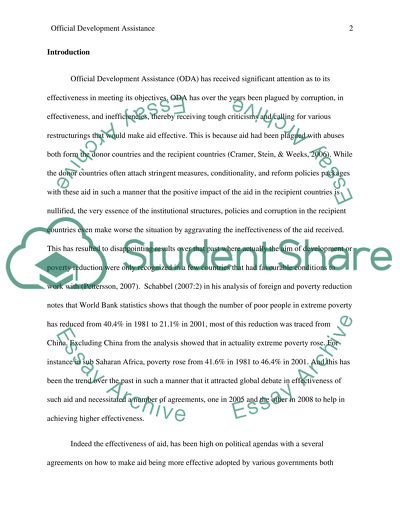Cite this document
(“Aid is abused by both donors and recipients. Nothing should be counted Essay”, n.d.)
Aid is abused by both donors and recipients. Nothing should be counted Essay. Retrieved from https://studentshare.org/history/1595835-aid-is-abused-by-both-donors-and-recipients-nothing-should-be-counted-as-official-development-assistance-until-it-has-been-proved-to-reduce-poverty-discuss
Aid is abused by both donors and recipients. Nothing should be counted Essay. Retrieved from https://studentshare.org/history/1595835-aid-is-abused-by-both-donors-and-recipients-nothing-should-be-counted-as-official-development-assistance-until-it-has-been-proved-to-reduce-poverty-discuss
(Aid Is Abused by Both Donors and Recipients. Nothing Should Be Counted Essay)
Aid Is Abused by Both Donors and Recipients. Nothing Should Be Counted Essay. https://studentshare.org/history/1595835-aid-is-abused-by-both-donors-and-recipients-nothing-should-be-counted-as-official-development-assistance-until-it-has-been-proved-to-reduce-poverty-discuss.
Aid Is Abused by Both Donors and Recipients. Nothing Should Be Counted Essay. https://studentshare.org/history/1595835-aid-is-abused-by-both-donors-and-recipients-nothing-should-be-counted-as-official-development-assistance-until-it-has-been-proved-to-reduce-poverty-discuss.
“Aid Is Abused by Both Donors and Recipients. Nothing Should Be Counted Essay”, n.d. https://studentshare.org/history/1595835-aid-is-abused-by-both-donors-and-recipients-nothing-should-be-counted-as-official-development-assistance-until-it-has-been-proved-to-reduce-poverty-discuss.


